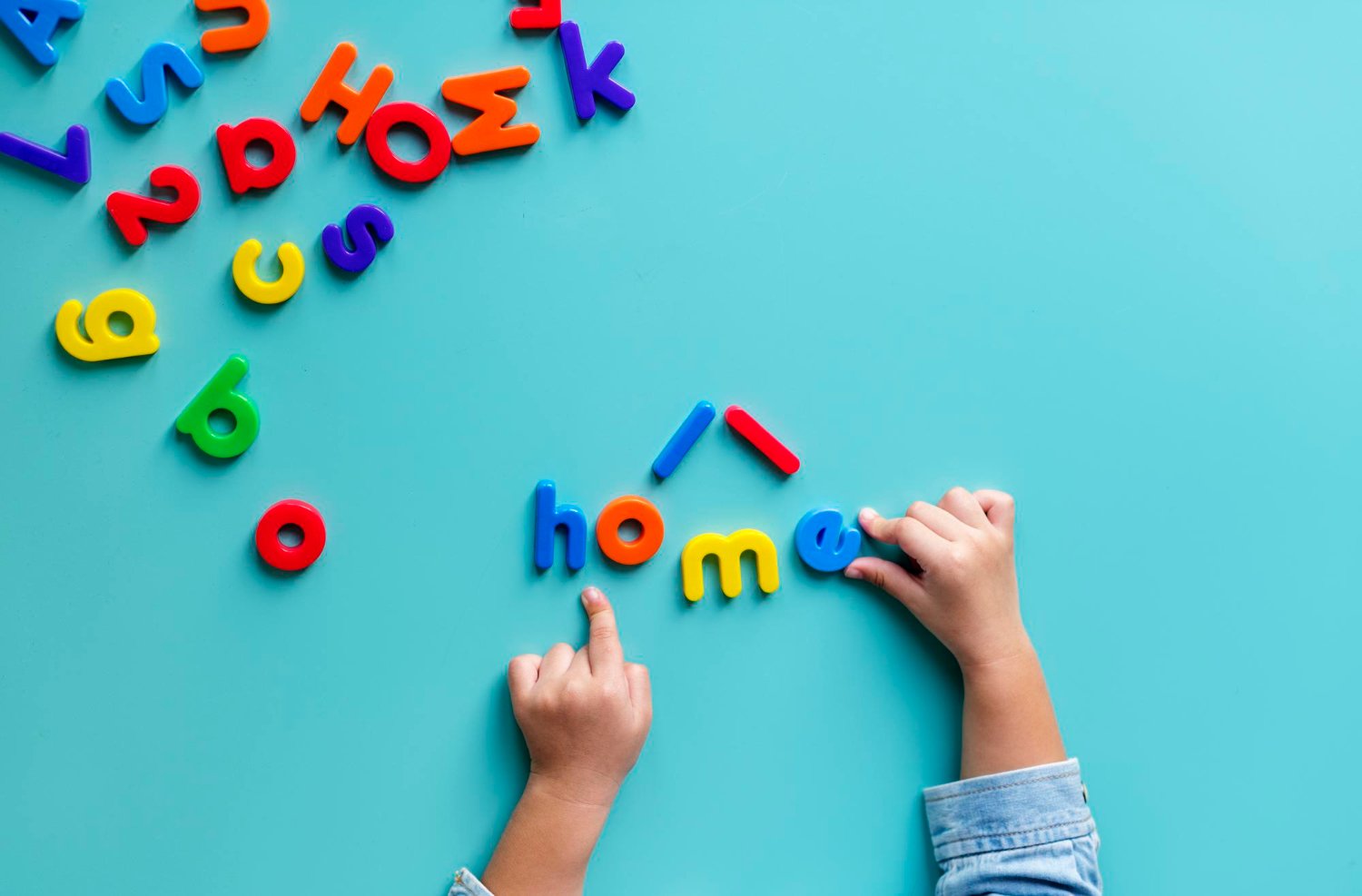The Fascinating Journey of Language Development in Children
Language development begins at a very early age, even before a child is born. In the womb, babies are already exposed to the rhythm and intonation of their mother’s voice, which lays the foundation for language development. After birth, infants start to communicate through crying, cooing, and making different sounds. This is the pre linguistic stage, where babies are learning to control their vocal cords and produce different sounds. As they grow, they start to babble, producing repetitive syllables like “ba- ba” or “da-da.” This is an important stage in language development as it helps babies to practice the movements of their mouth and tongue, and also helps them to understand the connection between sound and meaning.
As children reach the age of one, they start to produce their first words. These are usually simple words like “mama,” “da da,” or “ball.” At this stage, children are also able to understand more words than they can produce, which is known as receptive language. They start to use gestures and pointing to communicate their needs and wants. By the age of two, children start to combine words to form simple sentences, and their vocabulary expands rapidly. This is the beginning of the expressive language stage, where children are able to convey their thoughts and feelings through words and sentences.
Language development is a complex process that involves various stages, from prelinguistic sounds to the production of complex sentences. It is influenced by a combination of genetic, environmental, and social factors, and plays a crucial role in a child’s overall development.
The Role of Babbling in Language Acquisition
Babbling is a critical stage in language acquisition as it helps infants to develop the necessary skills for speech production. During the first few months of life, babies start to experiment with different sounds by manipulating their vocal cords and mouth muscles. This leads to the production of repetitive syllables like “ba-ba” or “da-da.” Babbling is not just random noise; it is a way for babies to practice the movements of their mouth and tongue, and to explore the range of sounds they can produce.
Research has shown that babbling plays a crucial role in shaping the neural pathways that are involved in speech production. It helps infants to develop the motor skills needed for articulating different sounds, and also helps them to understand the connection between sound and meaning. Babbling also serves as a form of self-regulation, as babies use it to soothe themselves and express their emotions. It is a way for them to communicate with their caregivers and engage in social interactions.
As babies continue to babble, they start to imitate the sounds they hear in their environment, which helps them to learn the phonemes and intonation patterns of their native language. This sets the stage for the development of more complex speech sounds and eventually, words. Babbling is a natural and important part of language development, and caregivers can support this stage by responding to their baby’s sounds and engaging in interactive vocal play.
Milestones in Language Development
Language development follows a predictable sequence of milestones, although the exact timing can vary from child to child. By the age of one, most children are able to produce their first words, such as “mama,” “dada,” or “ball.” They also start to understand more words than they can produce, which is known as receptive language. By the age of two, children start to combine words to form simple sentences, and their vocabulary expands rapidly. They are able to express their thoughts and feelings through words and gestures.
By the age of three, children’s language skills become more sophisticated. They are able to use complex sentences and have a better understanding of grammar rules. Their vocabulary continues to grow, and they start to use more abstract words and concepts. By the age of four, children are able to engage in conversations with others and tell simple stories. They are also able to understand and follow more complex instructions.
As children enter school age, their language skills continue to develop at a rapid pace. They start to use more advanced vocabulary and grammar structures, and are able to express themselves in a variety of ways. By the age of six or seven, most children have mastered the basic rules of grammar and are able to read and write fluently. Language development continues throughout childhood and adolescence, as children learn new words and concepts through their interactions with others and through formal education.
The Influence of Environment and Interaction
The environment plays a crucial role in shaping a child’s language development. From the moment they are born, children are exposed to a rich linguistic environment that includes spoken language, written language, and nonverbal communication. Caregivers play a key role in supporting language development by talking, singing, reading, and playing with their children. These interactions provide children with opportunities to hear different words and sentence structures, and also help them to develop their social and emotional skills.
Research has shown that children who grow up in language-rich environments tend to have better language skills than those who do not. Exposure to a variety of words and concepts helps children to expand their vocabulary and develop a deeper understanding of language. Children who are read to regularly also tend to have better literacy skills, as they are exposed to different types of texts and storytelling techniques.
In addition to verbal interactions, nonverbal communication also plays a crucial role in language development. Children learn about turn-taking, eye contact, facial expressions, and body language through their interactions with others. These skills are important for effective communication and social interaction.
The Connection Between Language and Cognitive Development
Language development is closely linked to cognitive development, as both processes involve the use of symbols and abstract thinking. As children learn new words and concepts, they are also developing their ability to think critically and solve problems. Language allows children to express their thoughts and feelings, ask questions, make predictions, and engage in logical reasoning.
Research has shown that children who have strong language skills tend to perform better in school and have higher levels of academic achievement. This is because language is used as a tool for learning across all subject areas. Children who have a rich vocabulary and strong comprehension skills are able to understand complex texts, follow instructions, and engage in meaningful discussions with others.
Language also plays a crucial role in shaping children’s identity and sense of self. Through language, children are able to express their emotions, share their experiences, and develop a sense of empathy towards others. Language allows children to connect with others on a deeper level and form meaningful relationships.
Understanding Language Delays and Disorders
While most children follow a typical pattern of language development, some may experience delays or disorders that affect their ability to communicate effectively. Language delays refer to a slower rate of language development compared to other children of the same age. This can be caused by a variety of factors, including genetic predisposition, environmental influences, or underlying medical conditions.
Language disorders refer to more severe impairments in language development that significantly impact a child’s ability to communicate. These can include difficulties with speech production (such as stuttering), difficulties with understanding or using language (such as specific language impairment), or difficulties with social communication (such as autism spectrum disorder).
Early identification and intervention are crucial for supporting children with language delays or disorders. Speech-language pathologists can assess a child’s language skills and provide targeted therapy to help them improve their communication abilities. Caregivers can also play a key role in supporting children with language difficulties by providing a supportive and enriching environment that encourages communication and social interaction.
Tips for Supporting Language Development in Children
There are many ways that caregivers can support language development in children from an early age. Here are some tips for promoting healthy language development:
1. Talk to your child: Engage in conversations with your child from an early age. Describe what you are doing, ask open-ended questions, and encourage your child to express themselves through words.
2. Read together: Reading aloud to your child is one of the best ways to support language development. Choose a variety of books that expose your child to different words, concepts, and storytelling techniques.
3. Sing songs: Music is a powerful tool for supporting language development. Singing songs with your child helps them to learn new words and practice different sounds.
4. Play games: Interactive games like peek-a-boo or patty-cake help children develop their social and communication skills.
5. Limit screen time: Excessive screen time can interfere with language development. Limit your child’s exposure to screens and encourage them to engage in real-life interactions instead.
6. Seek professional help if needed: If you have concerns about your child’s language development, seek advice from a pediatrician or speech-language pathologist.
Read Also: Expert Tips for Securing Your Student Visa and Fulfilling Your American Dream
By providing a rich linguistic environment and engaging in interactive activities with your child, you can support healthy language development from an early age. Language is a powerful tool for communication, learning, and social interaction, and plays a crucial role in shaping a child’s overall development.







